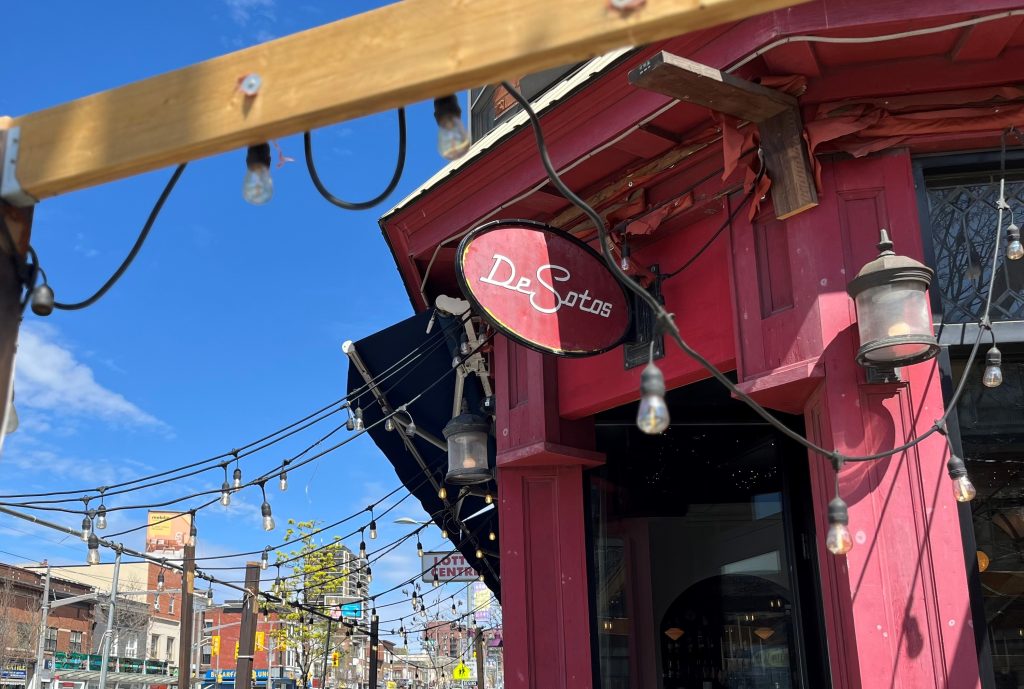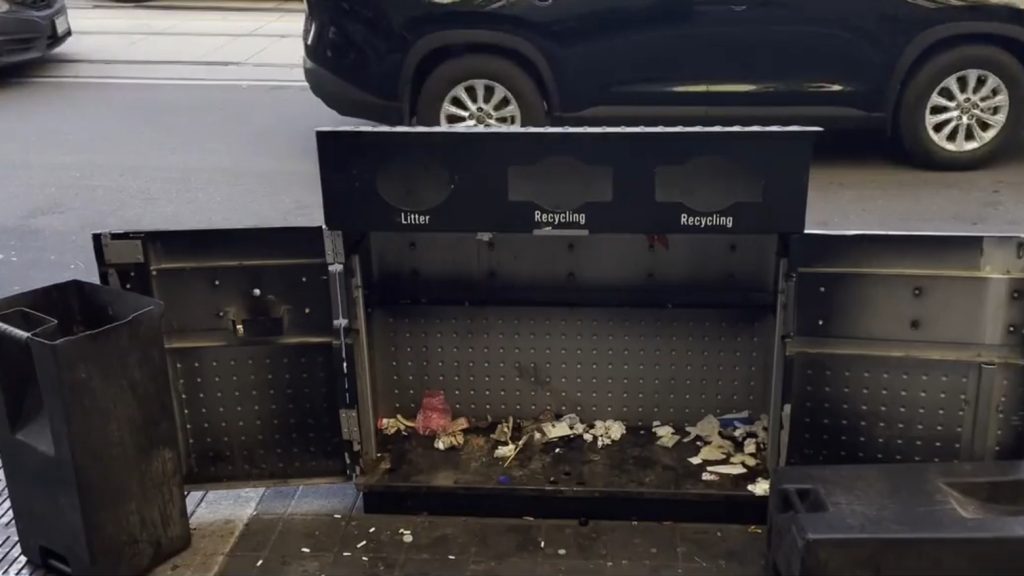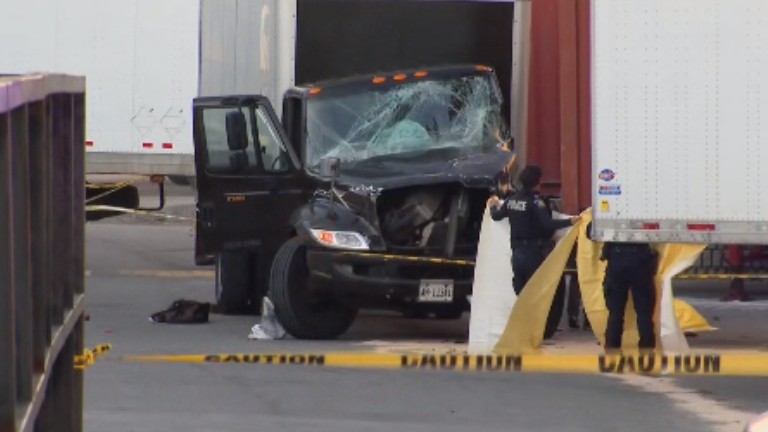‘Bears’ documentary shows challenge in keeping cubs alive, on DVD Aug. 12
Posted August 7, 2014 2:34 pm.
This article is more than 5 years old.
TORONTO – A grey wolf fixes its hungry gaze on two brown bear cubs in an otherwise still Alaskan meadow that their mother thought was a good place to bring them for a rest.
Mama bear manages to keep them close — fighting off one of the many threats documented in Disneynature’s “Bears,” which follows Sky and her two cubs, Amber and Scout, in Katmai National Park during their precarious first year as a family.
“It’s a real challenge because 50 per cent of bears die in their first year,” director Alastair Fothergill said in a phone interview from Bristol, England.
Despite the threat to the cubs, Fothergill — known for the BBC’s Emmy Award-winning “Planet Earth” series — was particularly pleased to capture interactions between bears and wolves since they are so rarely seen together.
“Even the biologists who have been there for many, many years hadn’t seen that,” he said.
Being around predatory wildlife like bears and wolves for months at a time doesn’t make Fothergill nervous.
“I think the most dangerous part of my job is driving to the airport,” he said, adding that most people who get hurt by bears are likely “behaving stupidly.”
Added the director: “One of the key challenges around the film is to debunk the myth that bears are dangerous animals. They actually have no desire to eat people.”
In fact, he said, bears in the national park aren’t even accustomed to human food, which made it easy for the crew to bring lunch on the long 12 to 14-hour shoots. Filming in Katmai also meant the bears had no fear of humans since they are never hunted — unlike their less lucky counterparts outside park boundaries.
Fothergill’s more than 30 years of experience filming wildlife didn’t hurt either as the crew got close enough to document the cubs feeding as cuddly newborns, enjoying their first day at the beach and taking a scenic trek across the mountains on the hunt for salmon.
“Most children never have the opportunity to go see these wonderful places, ” said Fothergill. “With the big screen and surround sound, for 75, 80 minutes you can take people to Alaska and sit them beside bears.”
In fact, his goal in making environmental films is to bring the most beautiful images of animals to urban audiences so they can connect with them.
“I don’t see how you can expect people to care about wild places and animals unless they have experienced that,” said Fothergill.
But the way people react to nature programs and documentaries has changed in the 30 years he’s been making them.
“I think people are beginning to realize it’s not about saving fluffy bears or pandas,” Fothergill said. “It’s about protecting the arc that we also ride on.”
He recalls a conversation with renowned naturalist and BBC host David Attenborough on this shift.
“David Attenborough said to me once when he started filming in the ’50s, the word green meant naive and within his lifetime it was given a totally new meaning,” said Fothergill, “And I said that’s largely because of your programs, David.”
The “Bears” DVD/Blu-ray is out Aug. 12. Disneynature will donate a portion of sales to the U.S. National Park Foundation.










